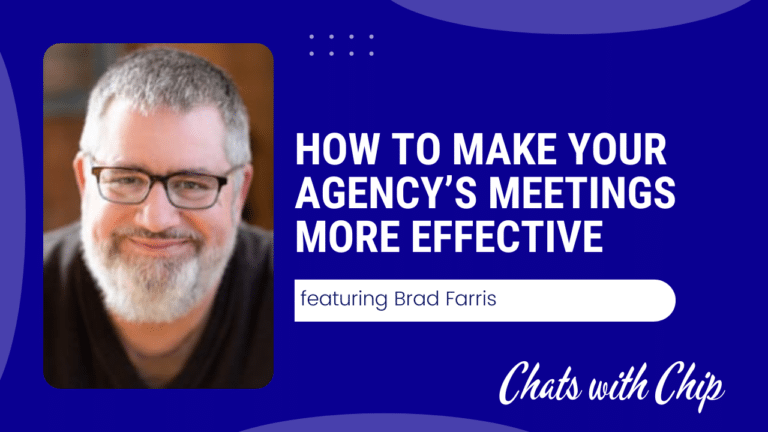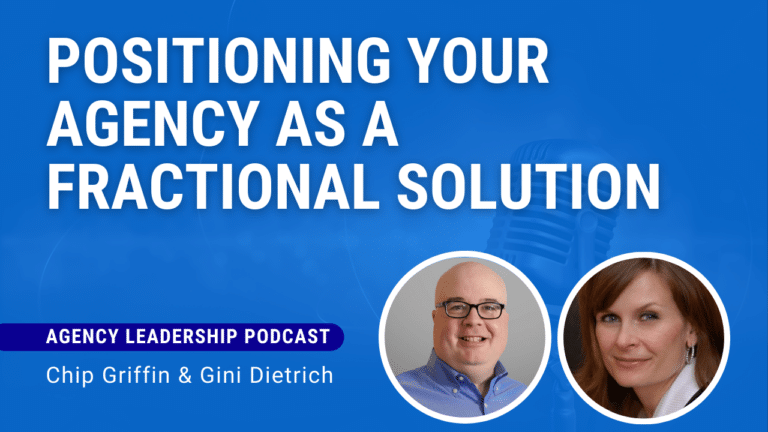First-time solopreneurs often have a challenge figuring out what to charge and understanding how to understand their finances.
Not having a full-time, salaried position can be nerve-wracking. It introduces uncertainty which often leads to anxiety.
At the same time, when new consultants start taking in their first checks, excitement sets in. There’s nothing quite like the feeling of closing a new client and then depositing their payments.
Building a successful and sustainable consulting practice — whether it is destined to be an agency of one or one hundred — requires careful financial management.
It begins with understanding some basic salary math.
Knowing what you need to be making for a salary helps you understand how to set your rates and measure your success.
Start by figuring out what you need to make to be comfortable.
You might do this by looking at the salary you had at your last full-time position — but you can’t stop there.
Make sure you factor in whatever portion of your benefits that your previous employer paid. For example, if they paid 50% of the cost of health insurance, you need to add that to your old salary.
Don’t forget other things like dental, education benefits, cell phone service, or other items that you might have seen your employer cover and that now falls on your shoulders.
You also need to factor in self-employment taxes.
Say what?
This is a good point to pause and remind you that you need to get proper accounting advice. Don’t guess. Don’t wing it. Talk to a professional who can examine the specifics of your situation to help you understand taxes and other important considerations.
We now return to our regularly scheduled programming.
Those self-employment taxes represent some of the taxes that your employer had been paying and that you didn’t even see. They weren’t on your year-end W2, but they got paid — and now you need to cover that cost. A good back-of-the-envelope estimate is to use 7.5% of your base salary, but like anything that involves numbers and taxes, it isn’t perfect in all situations.
Finally, you need to add in any expenses for the business itself that you might not have had previously as an employee. You’re likely to have legal and accounting expenses, but don’t forget other things like software licenses, a computer (especially if you used to have one supplied by an employer), and subscriptions you may need to do your job on behalf of clients.
So in the simplest form, your salary requirements look like this:
INCOME NEEDED =
Base Salary
+ Benefits Cost
+ Business Costs
+ SE Taxes
That’s a good starting point, but now you need to take that income number and make any adjustments for your specific needs.
As we work forward in this sample math, we’ll use $100,000 as the total income needed.
Once you have settled on the amount of income you need, you can move on to figuring out what it takes to get there.
This is where many first-time consultants slip up.
In an attempt to win clients, many solopreneurs underprice their services. This can lead to making it impossible to achieve the necessary income goals.
Let me explain.
How many hours per week do you plan to work? For the purposes of this exercise, I’m going to stick with the traditional 40 hours per week — but the reality is that most entrepreneurs, especially in the early stages, spend more than that. At the same time, you may be looking to have a lifestyle business that requires less time.
Use the number of hours that works for your own circumstances.
Now, you won’t be selling every hour of that time to clients. Running a business requires administrative time. Being a good consultant requires time for professional development. And, of course, you need to set aside time for sales and business development.
CLIENT HOURS =
Total Hours
– Admin Time
– Professional Development
– Sales
In this example, we’ll assume 10 hours per week for administration, learning, and sales.
Factoring in the 40-hour week we talked about earlier, that means there are (at most) 30 hours per week of billable client time.
How many weeks per year do you want to work?
Standard consultant math is usually based on 50 weeks, but adjust that if you want to take more vacation time. Of course, just because you plan it doesn’t mean that your client workload will make it easy!
ANNUAL CLIENT HOURS =
Weekly Hours X Weeks Worked
If we take 30 hours per week and multiply it by 50 weeks, that gives us 1500 client hours per year.
So where does that leave us?
It’s time to figure out what the absolute bare minimum is that we need to charge clients per hour.
MINIMUM HOURLY RATE =
Income Needed / Annual Client Hours
Since we previously agreed to use $100,000 as the income needed and we calculated 1500 client hours, that means that we can now figure out the minimum hourly rate.
And that number is approximately $67 per hour.
Now take a moment and do the math for yourself. What is your minimum hourly rate?
Are you already charging at least the minimum for all your engagements?
Before you say that you don’t charge by the hour (and I always encourage consultants to avoid hourly billing), it doesn’t matter. You need to know how many hours you spend building a website, writing a piece of content, or completing whatever project you promised your client.
If you are not earning at least your minimum hourly rate for all of your client work, you will never succeed.
I hate to be that blunt, but it is true. You will find yourself on a hamster wheel with no end in sight if you are not charging enough.
And keep in mind that this minimum hourly rate calculation is just that — an absolute bare minimum. It doesn’t account for building up cash reserves, protecting against bad debt (unpaid invoices), or investing in growing the business.
We also didn’t factor in out-of-pocket expenses for client work because most solo PR & marketing consultants don’t incur substantial project-specific costs. But if you do, you need to build that in to your math.
Use this guide as a starting point for doing your own salary math, and you will have a good health check on your solo consultancy.
As it is often said, numbers don’t lie. Listen to what your finances are telling you and make adjustments to your business as needed.











